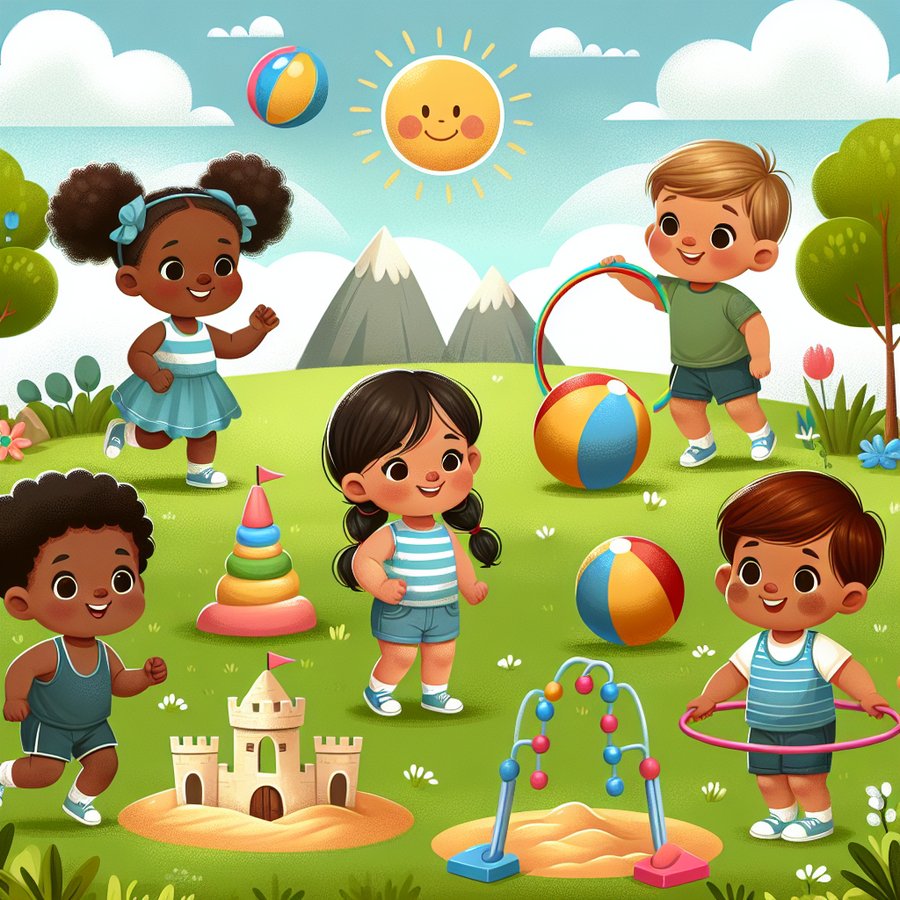Understanding the physical activity guidelines for toddlers is crucial for parents and caregivers who aim to promote healthy growth and development in their children. These guidelines provide a roadmap for incorporating physical activities that are both fun and beneficial for toddlers’ physical and cognitive development. Let’s dive deep into the importance of physical activity for toddlers, recommended types, and practical tips to encourage active play.
Why Physical Activity is Essential for Toddlers
Physical activity plays a pivotal role in the overall health and well-being of toddlers. It aids in the development of motor skills, enhances cardiovascular health, and contributes to the establishment of healthy lifestyle habits early on. Engaging in regular physical activities also helps toddlers explore their environment, which is essential for their cognitive and social development.
Moreover, adhering to physical activity guidelines for toddlers can significantly reduce the risk of childhood obesity, a growing concern worldwide. According to the World Health Organization, physical inactivity is one of the leading risk factors for global mortality, making early childhood intervention crucial.
Physical Activity Guidelines for Toddlers
The physical activity guidelines for toddlers recommend that children aged 1-3 years should engage in at least 180 minutes of physical activity spread throughout the day. This may include supervised play, structured activities, and free play that encourages movement and exploration. Activities should be age-appropriate and enjoyable, promoting a positive attitude towards physical activity from a young age.
Incorporating a variety of activities is key to developing different skill sets and preventing boredom. From running and jumping to dancing and swimming, the possibilities are endless. It’s important to provide safe environments where toddlers can freely explore their physical capabilities.
Practical Tips to Encourage Active Play
Encouraging toddlers to be active can sometimes be challenging, but with creativity and enthusiasm, caregivers can make physical activity an enjoyable part of daily life. Here are some practical tips to get your toddler moving:
- Create a daily playtime schedule to ensure regular physical activity.
- Use toys and games that promote physical movement, such as balls, jumping ropes, and ride-on toys.
- Take advantage of outdoor spaces like parks and playgrounds for exploration and play.
- Be an active role model by participating in physical activities with your toddler.
- Organize playdates with peers to encourage social and active play.
- Limit screen time and encourage active alternatives.
Remember, the goal is to make physical activity a fun and regular part of your toddler’s life. By following the physical activity guidelines for toddlers and incorporating these tips, you can lay a strong foundation for your child’s healthy development. For more guidance on nurturing your toddler’s growth, explore our articles on establishing a bedtime routine for newborns, creating a serene sleep environment, and handling sleep regression in 18-month-olds.













